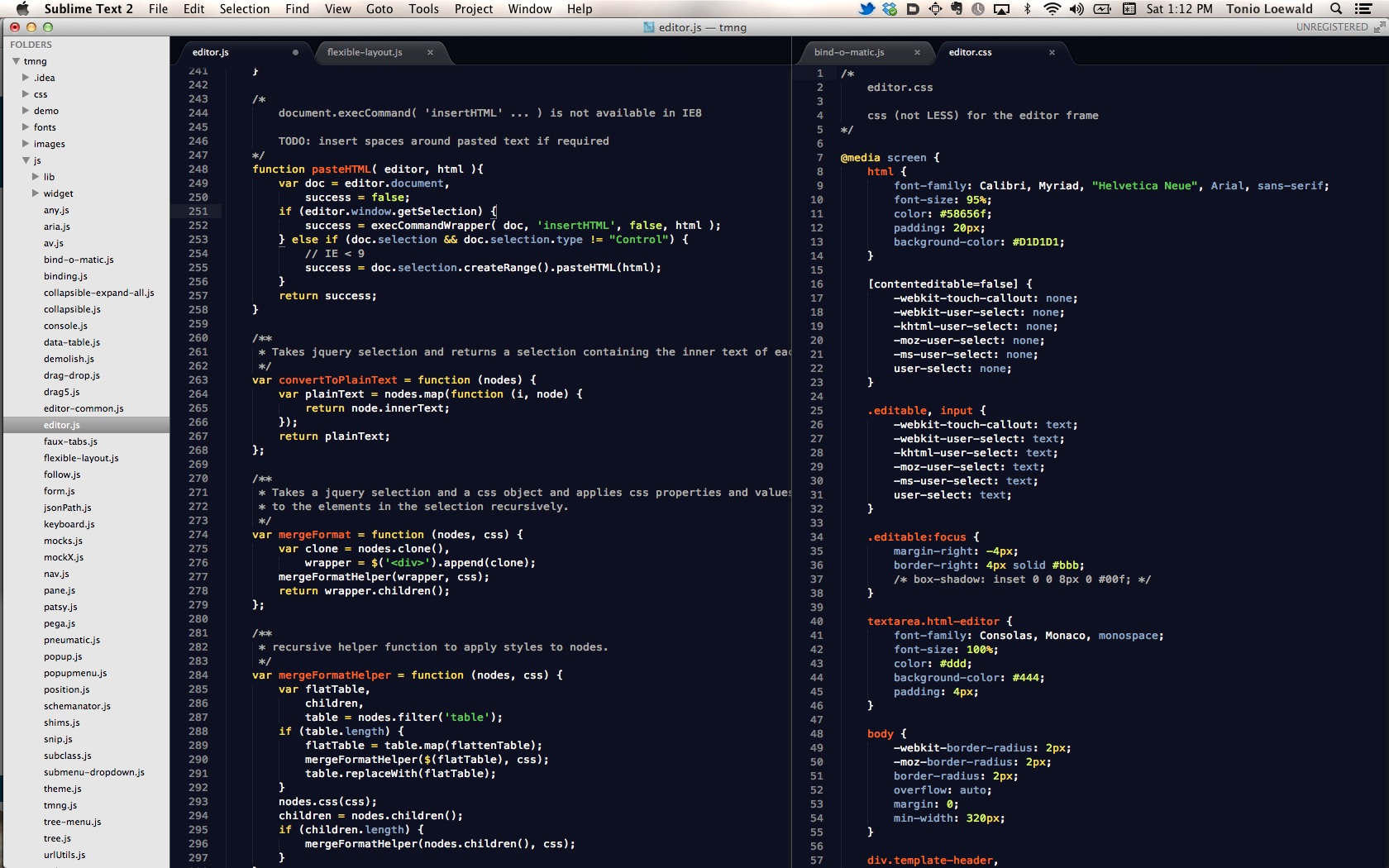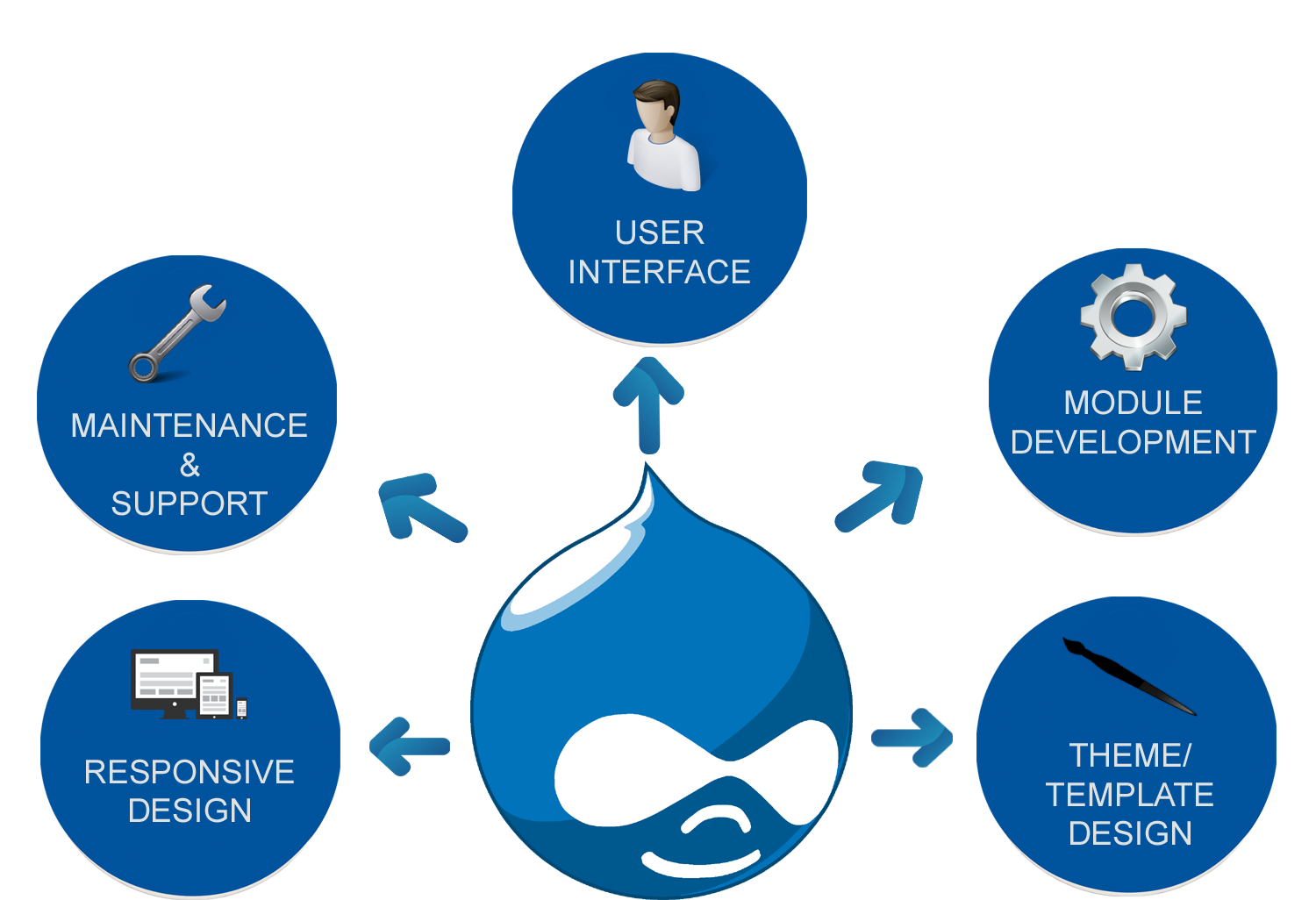
today i am fired up because we've got a killerhamstring workout that i want to share with you guys. hamstrings are so important because the majorityof your body's fast-twitch muscle fibers are located in your hamstrings. and on top of that a ton of guys have muscularimbalances when it comes to their lower body. so if your quads are really developed andyour hamstrings aren't very developed, you're going to have muscular imbalances which isgoing to lead to a lot of injuries. back in the day, i played basketball and iwould pull the shit out of my hamstring all the time.
i remember one time my senior year duringbasketball, i pulled it so bad during the season; i couldn't play basketball for threeweeks. i couldn't go to parties, couldn't hang outwith girls, couldn't do anything. i was bed-ridden for three weeks because ididn't prioritize my hamstrings. so this workout is meant to throw on top ofyour existing leg work out or it could be its own individual workout, so i can't stressenough how important hamstrings are, so i'm going to head to the gym and show you guysmy favorite hamstring routine for mass and aesthetics and overall preventing injury. all right guys, we've got the stiff-leg kettlebell deadlift.
what we're going to do here - and you canalso do this with a dumbbell - what you're going to do here is start off on one leg,keep your chest up, and you're going to keep a stiff leg all the way down and you're goingto drive through your heel, back up. get big stretch, back up. i'll show you from the other angle. so i would recommend keeping it out to yourside like this. so that is the stiff-leg kettle bell deadlift. so just make sure you keep a good center ofbalance. try to keep your chest up.
and as you're coming down try not to bendyour knee. and then what you're going to do, you're drivingall through your heels, so you're coming up all through your heel. keep the tension on those hamstrings. getting ready to load up on the smith machine. so this exercise is fairly similar to a stiff-legdeadlift, although you are going to be on the smith machine and what this allows youto do is focus all of the tension, all of your mind-muscle connection directly ontoyour hamstrings and your glutes, as opposed to feeling it a lot in your lower back.
i know on stiff-leg deadlift if you go tooheavy, you tend to feel it a lot in your lower back and it's tough to really channel thatmind-muscle connection right in your hamstrings, this exercise allows you to achieve that. so i wanted to show you guys one more. i went a little bit heavier on this just toshow you the proper form one more time. so your hands are a little inside shoulderwidth apart. and then you're pushing your butt back, you'redriving through your heels. make sure that the weight is coming off ofyour heels and not your toes and once again, so crucial, just channel that mind muscleconnection in your hamstrings.
you should feel 100% of the tension directlyin your hamstrings. try to keep your chest up throughout the movementand you guys will have some killer hamstrings. getting into one of my favorite supersetsof all time. i know starting off it just looks like theprone hamstring curl, and that's exactly what the first part of the superset is. so i like to go fairly heavy right aroundmy 10 to 12 rep max for the first part of the superset, really focusing on squeezingthose hamstrings. then what i'm going to do here is i'm goingto drop the weight to about 40% of what i just did and i don't know what you call this,but it puts a ton of pressure on your hamstrings
in a different angle. we'll call it the - we'll call it the kangaroohamstring superset. as you can see, i don't know how to explainmy form here, but just try this guys, it works so well on focusing on your hamstrings. all right guys, last but not least, we'vegot the hamstring ball curls. this is my favorite hamstring exercise becauseyou get an awesome burnout. i want you guys to go really high rep on this. go completely to failure because it's thelast exercise on the workout. so i remember back when i first started doingthis when i was like 16 - 17, i could only
do 5 or 6 of them, so if you can't do thatmany starting off, don't worry about it. just try to continually improve upon it. so i'm going to go to failure here. hamstrings are pretty warn out right now. so let's see how many i got. what you want to do too, you kind of liftyour body up. so the starting position obviously isn't likethis. so you're going to lift your body up. just try to brace yourself with your upperbody.
i'm starting to slide. this is killer. i'm going to stop there. i got leg day in three days. it's wednesday today. i'm going to do leg day saturday, so i don'twant to kill myself. i think i got 45, so feel free to challengeyourself. let me know in the comments below if you guyscan beat that score. and that is a wrap.
i've got a gorilla that i've had on my backfor the last couple of years and i just want to be 110% transparent with you guys and ijust want to be real and authentic and not hide behind a lie. so a couple of years ago -- first of all iwas like working out in california at the time and i would always see this guy at thegym. this guy was straight out of germany. this guy's name was magnus. and i always see him at the gym. really big, strong dude.
and we get talking one day and we kind ofstarted hanging out. it's funny because we met - he shows me thiscrazy, funny cat video and we just started like talking since then. the guy like loves funny cat videos. but that's neither here nor there. let's get back to the story. so i started hanging out with magnus and westarted working out together and he starts asking me if i'm natural or not, if i've evertaken steroids. i'm like, "no man, i do youtube videos.
i try to teach skinny guys how to bulk upand gain lean muscle mass the right way." and he's like, "yeah, man. i used to try to do it the all-natural wayand i started taking steroids. i get them from my friends in germany. they ship them down." and i was like holy shit, this guy's likeon steroids. he's on this like crazy german steroids. so long story short, i decided to try them. magnus and i would pin out butt cheeks inthe bathroom together and we'd take steroids.
that's when i made some really crazy gains,like i'm up to 195/200 pounds, 8% body fat and without magnus and without the germanneedle, i definitely would not have been able to make it happen. just want to be real with you guys. it's tough for me to say. i'm kidding guys. holy shit, i hope none of you guys believedthat. guys, like you guys in the comments sectionthat think i'm on steroids, i'm not even that big.
i haven't even known what the hell i was doingin the gym up until more than like a couple years ago. i have good aesthetics and i know what musclegroups to develop that makes me look good and look a certain way, but guys i've got17 inch arms, not even 17 inch arms. i'm 195/200 pounds at the very, very moston a good day. i'm almost 6 foot 1, so i'm like 6 foot andone-half inch, almost 200 pounds. my squats under 400 pounds. my bench press is well under 350 pounds. these are not the stats of someone on steroidswho's been working out for ten-plus years.
the thing is guys, my genetics are like afive or a six out of ten. any one of you young guys - if you're 17 or18 and you apply everything i'm telling you in these videos and all of the outside thebox tips we give you guys on the mass-gaining recipes and the really advanced training techniques- you could look like - if you're 17 or 18 right now and you've got average geneticsthere's no reason that you can't look like me by the time you're like 23 - 24. and you guys are so impatient. you guys want to look - you go on instagram- and honestly i blame social media because you go on instagram and you see pictures ofguys who have been training for ten-plus years,
who have a perfect diet, who've trained theirass off and also have some pretty good genetics and a good proportion of them have also takensteroids. and you see guys like - i don't know, likelazar angelov and you see all these big mainstream fitness models on instagram and it makes youwant to get there even quicker. it's like an emotional response, it's likean impulse that you have to social media, but guys, do not fall prey to that bullshit,just stay consistent. there's no shortcuts to any success in life. if you want long-term success in fitness,in business, with banging tons of chicks, put in the fucking work and just stay withit.
stay consistent. focus on incremental improvements each andevery single day. and that's what this shit is all about you'regoing to feel so much better about yourself and you're not going to go through an emotionalrollercoaster when you're taking the shortcut. i just wanted to illustrate my point witha crazy little story about magnus. all right guys, that is a wrap with the hamstringworkout. i'm about to watch some week two nfl action. got my fanduel team queued up, ready to go. hopefully, make some money today.
and i just want to ask you guys, what do youwant to see going forward. what type of content most interests you. just throwing out a few ideas, i have a tonof experience with athlete training. i know in particular how certain nfl playershave trained in the off season. i went to a sports academy back in the day,so maybe showing you guys some nba style or nfl training. do you guys like the crazy 3,000 and 4,000calorie meal videos. if you guys have any questions as far as certainsupplements definitely leave it in the comments below, as well as any type of fad in the fitnessindustry.
like i know we covered a video on intermittentfasting. any type of training style that you guys arecoming across that you want me to go over. so don't be afraid to interact with me inthe comments. i'm going to try to do a really good job ofanswering each and every single one of you guys' questions. let me know what type of videos you want tosee going forward and looking forward to seeing your guys' responses.











